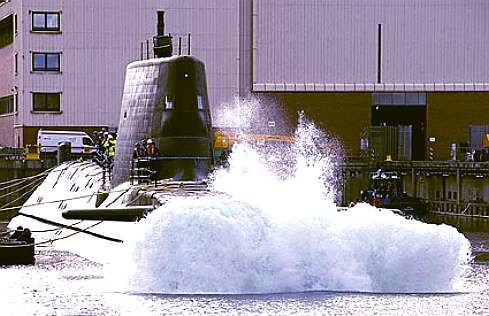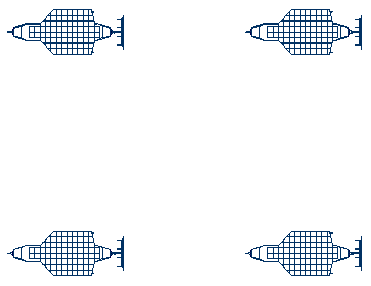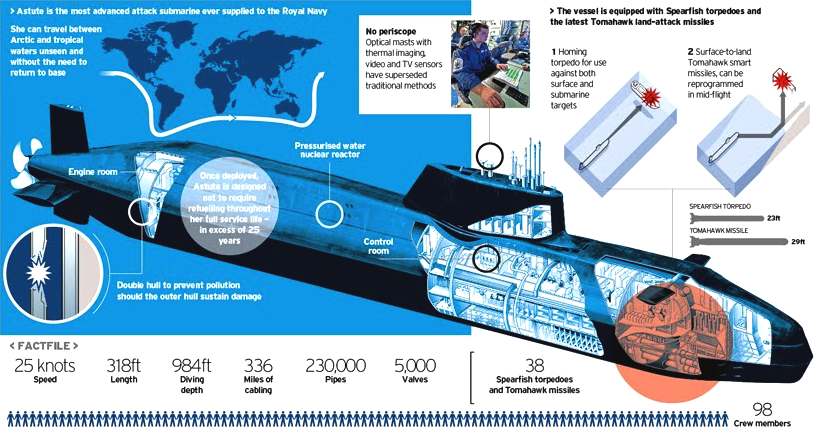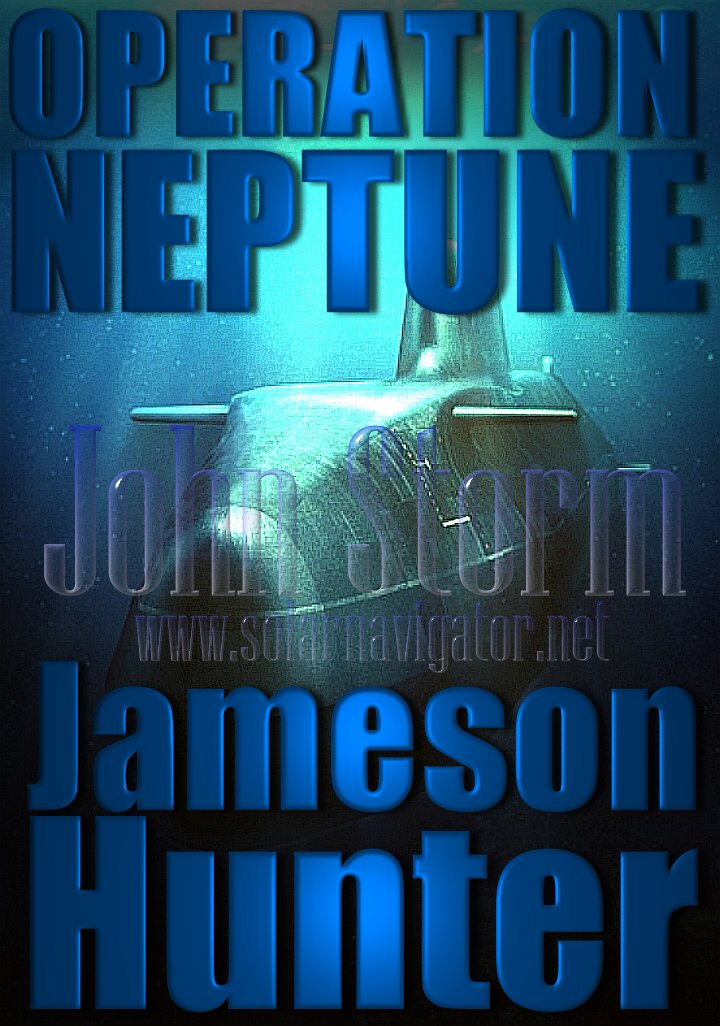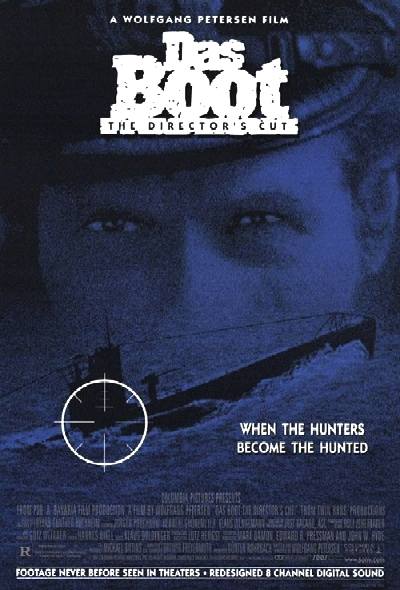|
Nuclear submarines sunk - all hands lost at sea
|
|
|
Launching a nuclear submarine, is like flushing 90+ lives and $billions of tax dollars down the drain. It does though make great headlines for politicians who want the public to think they are safe.
8 NUCLEAR SUBMARINES SUNK @ 2013
This article relates only to nuclear submarines. Many more diesel submarines have been lost at sea in peacetime. No matter what the propulsion, any submarine is a target to neutralize in the case of war or first strike - especially if carrying nuclear weapons.
Eight nuclear submarines have sunk as a consequence of either accident or extensive damage: two from the United States Navy, four from the Soviet Navy, and two from the Russian Navy. Only three were lost with all hands: two from the United States Navy and one from the Russian Navy. All sank as a result of accident with the exception of K-27, which was scuttled in the Kara Sea when repair was deemed impossible and decommissioning too expensive. All of the Soviet/Russian submarines belonged to the Northern Fleet. Although the Soviet submarine K-129 (Golf II) carried nuclear ballistic missiles when it sank, it was a diesel-electric submarine and is not in the list below.
All of the subs lost are in the Northern Hemisphere
USA
Thresher (SSN-593), the first submarine in its class, sank April 10, 1963 during deep-diving trials after flooding, loss of propulsion, and an attempt to blow the emergency ballast tanks failed, causing it to exceed crush depth. All 129 men on board died. Location: 350 km (190
nmi) east of Cape Cod.
K-27: The only Project 645 submarine, it was irreparably damaged by a reactor accident (control rod failure) on May 24, 1968. 9 were killed in the reactor accident. After shutting down the reactor and sealing the compartment, the Soviet Navy scuttled her in shallow water (108 ft (33 m)) in the Kara Sea on September 6, 1982, contrary to the recommendation of the International Atomic Energy Agency
(IAEA).
K-141
Kursk: The Oscar II class sub sank in the Barents Sea on August 12, 2000 after an explosion in the torpedo compartment. See Russian submarine Kursk explosion. All 118 men on board were lost. However, all except the extreme bow section was later salvaged.
INNOVATION - Nuclear submarines are considered by many superpowers to be a covert delivery system and thus immune to detection. Hence, an insurance policy against first strike. That was so until the concept of the Seawolf autonomous delivery system for the Predator hunter-killers (or similar weapon). Predator mini-subs are capable of taking out any submarine covertly. A pack (grid) could neutralize a fleet of submarines simultaneously. Once the wolf-pack acquires a target, it passes that information between a network of autonomous ships, each one having the capacity to launch a Predator (or similar weapon), to sink any nuclear submarine while submerged. Once a target is acquired, it is passed between the network and continuously tracked until countermeasures, or first strike is/are deemed necessary. The hunter becomes the hunted. A study of a global deployment strategy that will work is long overdue.
SPORT - Nuclear submarines may soon be the sport of new navies armed with ZCC HKs. It's will be much like a modern computer game - in fact frighteningly so. Though this game uses similar programming to a game, the hardware that tracks the subsea targets is under development - meaning that the lifetime of existing submarines could be limited. That in itself is part of the game that is modern warfare: Keeping up with developments and trying to stay ahead of the game.
LINKS & REFERENCE
List of sunken nuclear submarines http://en.wikipedia.org/wiki/Submarine_warfare http://en.wikipedia.org/wiki/List_of_sunken_nuclear_submarines
SUBMARINE INDEX
Alvin DSV - Woods Hole Oceanographic Institution HMS Astute 1st of Class BAE Systems HMS Vanguard- Trident INS Sindhurakshak - explosion & sinking Lusitania - Torpedo attack Nuclear submarines lost at sea Predator - Covert submarine hunter/killer Seawolf - Autonomous wolf pack deployment of Predator mini-subs Torpedoes - UUV ant i submarine weaponsU20 - Kapitan Leutnant Walther Schwieger USS Bluefish WWI submarine USS Bluefish - Nuclear submarine USS Jimmy Carter - Seawolf class fast attack nuclear submarine USS Nautilus - 1st nuclear submarine & subsea north pole passage USS Scorpion - Lost at sea - all hands
FICTION Operation Neptune - An advanced nuclear submarine is hijacked by environmental extremists intent on stopping pollution from the burning of fossil fuels. The extremists torpedo a number of oil wells as part of a campaign to cause energy chaos, with bigger plans to come. If you enjoyed Under Siege or The Hunt for Red October, this is a must for you.
|
|
|
This website is Copyright © 2023 Bluebird Marine Systems. The names Bluebird™, SeaNet™,SeaWolf™, and the blue bird and fish in flight logos are trademarks. All other trademarks are hereby acknowledged.
|
